Home>Interior Design>A Beautifully Converted Monastery In Southern France
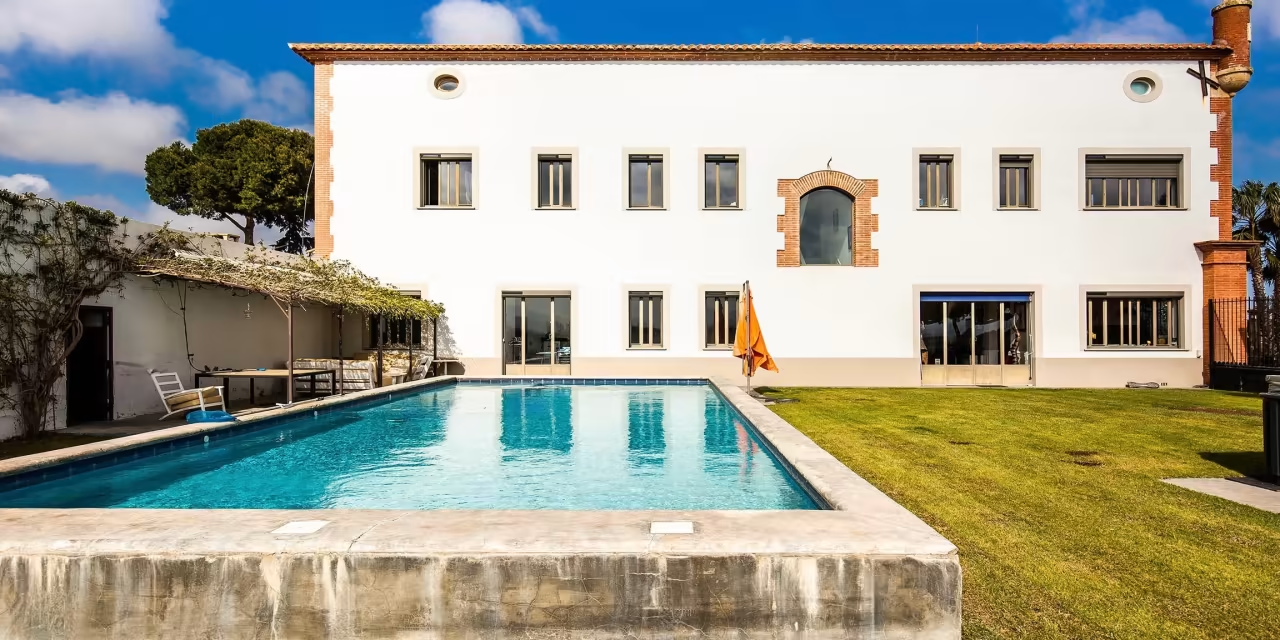

Interior Design
A Beautifully Converted Monastery In Southern France
Modified: January 5, 2024
Discover the stunning interior design of a beautifully converted monastery in southern France. Immerse yourself in the charm and elegance of this unique space.
(Many of the links in this article redirect to a specific reviewed product. Your purchase of these products through affiliate links helps to generate commission for Storables.com, at no extra cost. Learn more)
Introduction
Welcome to the enchanting world of a beautifully converted monastery nestled in the picturesque countryside of southern France. Steeped in history and exuding a sense of tranquility, this extraordinary architectural gem has been transformed into a stunning retreat that combines modern design with the rich heritage of its past. Whether you are an interior design enthusiast or simply crave a unique and spiritual experience, this monastery offers a captivating blend of old-world charm and contemporary style.
Originally built in the 12th century, this monastery served as a place of meditation and worship for a religious order. Over the centuries, it witnessed the ebb and flow of time, weathered wars and upheaval, but always stood as a symbol of peace and spirituality. Today, the monastery serves a different purpose, welcoming guests from around the world who seek a serene and luxurious getaway.
As you explore the monastery’s architectural features, you will be awestruck by its sheer beauty and attention to detail. The exterior boasts a harmonious blend of stone walls, arched windows, and a graceful bell tower that stands tall against the backdrop of rolling hills. Inside, you will discover a seamless fusion of ancient and contemporary design elements, offering a truly unique experience for visitors.
During the conversion process, great care was taken to preserve the original integrity of the structure while incorporating modern amenities and luxuries. The architects and designers worked with utmost sensitivity to maintain the monastery’s unique character, ensuring that each room and space pays homage to its historical past.
The interior design of the monastery is a testament to the skill and creativity of the design team. Each room is thoughtfully curated, bringing together a harmonious blend of colors, textures, and furnishings that create a warm and inviting atmosphere. From the grand reception area to the cozy guest rooms, every corner exudes a sense of tranquility and comfort.
As you venture outside, you will be greeted by the serene and captivating landscape that surrounds the monastery. Expertly landscaped gardens offer a delightful retreat, with winding pathways, blooming flowers, and quiet seating areas for contemplation. The monastery’s gardens are a testament to the importance of nature and its role in providing solace and inspiration.
Alongside its stunning design and natural surroundings, the converted monastery also offers a range of facilities and amenities to ensure a comfortable and memorable stay. From a luxurious spa and wellness center to a gourmet restaurant serving delectable local cuisine, every aspect of your visit is carefully crafted to provide a truly immersive experience.
Furthermore, the monastery holds cultural and historical significance, serving as a testament to the region’s rich heritage. It has become a venue for art exhibitions, concerts, and other cultural events, attracting artists, musicians, and visitors alike. The monastery’s walls are adorned with beautiful artwork, providing a feast for the senses and a window into the creative spirit that resides within.
Today, the converted monastery stands as a popular tourist attraction, drawing visitors from all over the world. Its blend of history, architecture, and interior design make it a must-visit destination for those seeking a unique and immersive experience. Whether you are a design enthusiast, a history buff, or simply in search of a peaceful retreat, this beautifully converted monastery in southern France offers a glimpse into the past while embracing the luxuries of the present.
Prepare to be captivated by the serene atmosphere, awe-inspiring architecture, and exquisite interior design as you explore every nook and cranny of this extraordinary place.
Key Takeaways:
- Immerse yourself in the captivating blend of history and modern luxury at a beautifully converted monastery in southern France, offering a serene retreat and a feast for the senses.
- Experience the allure of a historic monastery transformed into a luxurious haven, where architectural beauty, cultural significance, and natural serenity converge to create an unforgettable journey.
Read more: What Grass Is Best For Southern California
History of the Monastery
The history of the monastery stretches back centuries, its origins rooted in the 12th century. It was originally established as a place of worship and meditation by a religious order seeking solace and spiritual enlightenment in the serene countryside of southern France.
Throughout the centuries, the monastery bore witness to significant historical events. It endured periods of peace and prosperity, while also weathering wars, conflicts, and cultural shifts. Despite these challenges, the monastery stood as a constant source of solace and spirituality for the local community and religious practitioners.
During the Middle Ages, the monastery emerged as a center of learning and intellectual pursuits. Scholars, theologians, and students flocked to its hallowed halls, seeking knowledge and enlightenment. The monastery became renowned for its library, housing precious manuscripts and texts that contributed to the dissemination of knowledge throughout the region.
As time passed, the monastery saw its fair share of turmoil and transformation. It faced challenges during the upheavals of the Reformation and the French Revolution. However, the resilience of the religious order and the determination of local communities ensured the monastery’s survival.
In more recent times, the monastery underwent a significant transformation. Recognizing the historical and architectural value of the building, a project was initiated to restore and convert it into a place of beauty and tranquility.
The restoration project aimed to preserve the original architectural features of the monastery, while also integrating modern elements to enhance its functionality and appeal. Skilled artisans and craftsmen meticulously worked to ensure that the essence and spirit of the original structure were maintained.
The result is a harmonious blend of the past and the present, where the monastery’s history is honored and cherished, while also offering visitors a unique and immersive experience.
Throughout its long and storied history, the monastery has served as a symbol of spirituality, enduring through tumultuous times and emerging as a beacon of peace and tranquility. Its conversion into a modern retreat ensures that its legacy lives on, offering visitors a chance to connect with the rich history and spirituality that imbues its very walls.
Today, as you explore the meticulously preserved spaces of the monastery, you can’t help but feel a sense of reverence for the generations that came before, and the struggles they faced in preserving this sacred place.
Join us on a journey to discover the fascinating history of this remarkable monastery and immerse yourself in the centuries of spirituality and cultural heritage that resonate within its walls.
Architectural Features of the Monastery
The architectural features of the beautifully converted monastery are a testament to the skill and craftsmanship of the builders who constructed it centuries ago. Every corner of the monastery showcases a harmonious blend of intricate details, grandeur, and a deep reverence for the spiritual significance of the space.
From the moment you approach the monastery, you are greeted by a magnificent exterior that exudes a sense of timeless beauty. The stone walls, weathered by time, showcase the endurance of the structure. Arched windows, adorned with delicate tracery, allow soft, golden light to filter into the interior, casting an ethereal glow.
The bell tower, with its graceful architectural lines, stands as a visual centerpiece, rising majestically against the sky. The sound of the bell reverberates through the surrounding countryside, echoing the monastery’s rich history and drawing visitors to its tranquil haven.
As you enter the monastery, you will be captivated by the exceptional attention to detail that went into every aspect of its construction. The cloister, a central courtyard surrounded by covered walkways, serves as a place for quiet reflection. The delicate stone columns, topped with intricately carved arches, create a mesmerizing play of light and shadow.
The main chapel, the heart of the monastery, is a marvel of exquisite design and spiritual significance. The high-vaulted ceilings soar above, creating a sense of space and serenity. Paintings, sculptures, and stained glass windows tell stories of religious devotion, evoking a deep sense of reverence and awe.
The monastery’s living quarters, where the religious order resided, are a testament to simplicity and functionality. The rooms, although modest, are meticulously designed to provide a comfortable and contemplative space for the residents. Each cell reflects the clergymen’s essential needs, with a small sleeping area, a writing desk, and a window to allow natural light to flow in.
Throughout the monastery, you will find hidden gems of architectural marvels. The library, once home to rare and precious manuscripts, is adorned with ornate bookcases and carvings, creating an atmosphere of intellectual contemplation.
The refectory, where the religious order gathered to break bread, is an expansive space adorned with long wooden tables and benches. The high ceilings and large windows create an inviting ambiance, encouraging communal gatherings and reflection.
As you explore the monastery, you will notice the seamless integration of modern design elements that enhance its functionality and comfort while paying homage to its historical past. The architects and designers worked with utmost sensitivity to preserve the original integrity of the structure, ensuring that the architectural features remain true to the monastery’s heritage.
The architectural features of this converted monastery transport you to a different time and place, immersing you in a world of spirituality and serenity. They serve as a reminder of the endurance of human creativity and the beauty that can be cultivated when craftsmanship and reverence intertwine.
Join us on a journey of architectural exploration as we delve into the intricate details and remarkable features of this meticulously preserved monastery.
Conversion Process of the Monastery
The conversion process of the monastery from a place of worship and spirituality to a luxurious retreat was a meticulous endeavor that aimed to honor its historical significance while embracing modern design and functionality.
Before embarking on the conversion, a team of experts, including architects, designers, and historians, meticulously studied the monastery’s historical records, architectural plans, and original drawings. This extensive research allowed them to gain a deep understanding of the building’s original structure and its evolution over time.
The preservation and restoration of the monastery’s architectural features were given utmost importance. Skilled artisans and craftsmen were hired to carefully restore the exterior, ensuring that the original stone walls, arched windows, and monumental bell tower were maintained to accurately reflect the monastery’s historical character.
At the same time, modern design elements were incorporated harmoniously, striking a balance between the old and the new. The architects and interior designers worked closely with the historical preservation team to ensure that any modifications were in line with the building’s original aesthetic. The goal was to create a space that felt both timeless and relevant to contemporary needs.
The conversion process also involved the renovation and reimagining of the monastery’s interior spaces. Each room was carefully redesigned and reconfigured to optimize functionality and comfort, while still respecting the original purpose of the space.
Modern amenities and luxuries were introduced discreetly, ensuring that they did not compromise the monastery’s historical integrity. For example, state-of-the-art heating and cooling systems were discreetly integrated into the existing architecture to provide comfort for guests without detracting from the visual appeal of the space.
The conversion process also included the creation of additional facilities to enhance the monastery’s appeal as a luxury retreat. For instance, a spa and wellness center was built to offer guests a chance to rejuvenate and relax. The architectural design of these new additions was carefully considered to blend seamlessly with the monastery’s existing structure.
The meticulous attention to detail extended beyond the physical transformation of the monastery. The interior design played a crucial role in creating a sense of harmony and tranquility. Each room and space were meticulously curated, with carefully chosen colors, textures, and furnishings that evoke a sense of calm and serenity.
The conversion process was a labor of love, with each element of the monastery’s transformation carefully considered and executed. The result is a breathtaking blend of ancient and modern, where the historical significance of the building is celebrated while providing guests with a luxurious and immersive experience.
Join us on a journey through the conversion process of the monastery as we explore the meticulous craftsmanship and thoughtful design choices that have transformed this sacred space into a sanctuary of beauty and tranquility.
Interior Design and Decoration
The interior design and decoration of the converted monastery are a testament to the meticulous attention to detail and the seamless integration of old-world charm with modern elegance. Each room and space within the monastery has been thoughtfully curated to create an atmosphere of tranquility, comfort, and refined beauty.
Upon entering the monastery, you are immediately greeted by a grand reception area that sets the tone for the luxurious experience that awaits. The space is adorned with carefully selected furnishings, elegant lighting fixtures, and exquisite artwork, creating an ambiance of sophistication and warmth.
The guest rooms, while diverse in size and layout, share a common theme of understated luxury. The interior design combines elements of the monastery’s historical past with contemporary touches, creating a harmonious blend of old and new. Rich fabrics, plush bedding, and tasteful accessories contribute to the serenity of the space, offering a tranquil retreat for weary travelers.
The common areas, including lounges, libraries, and dining rooms, are designed to evoke a sense of comfort and serenity. The furniture selections are carefully chosen for both aesthetics and functionality, with comfortable seating arrangements that invite relaxation and conversation. The color palette is inspired by the surrounding natural landscape, incorporating earthy tones and muted hues to create a soothing environment.
Throughout the monastery, you will find carefully curated artwork that adds a touch of cultural richness and visual intrigue. Paintings, sculptures, and tapestries adorn the walls, reflecting both the historical significance of the building and the creative spirit of the monastery’s new incarnation.
The lighting design within the monastery is a masterful composition, with ambient lighting casting a warm glow, accent lighting highlighting architectural features and artwork, and task lighting providing functionality. Carefully placed lamps and fixtures create a sense of intimacy and guide the eye toward focal points of interest.
The chapel, being the spiritual heart of the monastery, is adorned with reverence and reverence. The altar stands as a focal point, meticulously decorated with intricate carvings and religious iconography. Soft lighting envelops the space, creating an atmosphere of tranquility and introspection.
The conversion process also paid special attention to the preservation and restoration of the monastery’s historical features. Original frescoes, stained glass windows, and intricate woodwork were carefully preserved and meticulously restored, ensuring that the spirit and history of the monastery shine through the design.
The fusion of historical elements with modern design sensibilities extends to every corner of the monastery. From the functional yet elegant kitchens to the luxurious spa and wellness areas, every detail contributes to the overall aesthetic and guest experience.
The interior design and decoration of the converted monastery are a testament to the skill and artistry of the design team. The attention to detail, the seamless blend of old and new, and the reverence for the monastery’s historical significance create a truly captivating and immersive experience for all who visit.
Join us as we explore the intricacies of the interior design and decoration, and discover the harmonious interplay of history, comfort, and beauty within the walls of this converted monastery.
When visiting a converted monastery in southern France, be sure to respect the historical and religious significance of the site. Dress modestly and speak quietly to maintain the peaceful atmosphere.
Read more: What Type Of Adapter Do I Need For France
Surrounding Landscape and Gardens
The converted monastery is nestled amidst a breathtaking landscape in the southern region of France. Surrounded by rolling hills, lush valleys, and sprawling vineyards, the monastery’s setting is a testament to the peacefulness and natural beauty of the countryside.
The monastery’s gardens are a true oasis of tranquility, where guests can immerse themselves in the serenity of nature. Carefully landscaped pathways wind through vibrant greenery and colorful blooms, leading visitors on a journey of discovery and contemplation.
The gardens are meticulously maintained to create a harmonious balance between natural elements and man-made design. Fragrant flowers, blooming shrubs, and carefully manicured lawns provide a feast for the senses, inviting guests to stroll leisurely and appreciate the beauty that surrounds them.
Seating areas, strategically placed throughout the gardens, offer the perfect spot to pause, reflect, and take in the panoramic views. Whether it’s a quiet bench tucked in a secluded corner or a shaded gazebo overlooking a scenic vista, these peaceful enclaves allow visitors to connect with the serene splendor of the surrounding landscape.
Water features, such as fountains and ponds, add a touch of enchantment to the gardens. The gentle sound of trickling water creates a soothing ambiance, enhancing the overall sense of tranquility that permeates the monastery’s surroundings.
As you explore the gardens, you may also encounter hidden nooks and special areas designed for privacy and solitude. Secluded alcoves, covered arbors, or intimate courtyards provide secluded spaces for meditation, reading, or simply escaping from the outside world.
The surrounding landscape, beyond the gardens, offers endless opportunities for exploration and outdoor activities. Hiking trails meander through picturesque countryside, allowing guests to immerse themselves in the natural splendor of the region. Breathtaking viewpoints offer panoramic vistas, providing a sense of awe and wonder.
Vineyards, an intrinsic part of the region’s identity, dot the landscape, creating a patchwork of green and gold. Guests can partake in wine tastings and enjoy leisurely walks through the vineyards, gaining an appreciation for the traditional winemaking practices that have flourished in the area for centuries.
Overall, the surrounding landscape and gardens of the converted monastery create an atmosphere of harmony and tranquility. The meticulously maintained grounds, breathtaking views, and thoughtful design elements provide a serene backdrop to enhance the overall experience of guests.
Whether you choose to meander through the gardens, hike through the countryside, or simply find a peaceful spot to reflect, the monastery’s surroundings offer a haven of natural beauty and peacefulness. It’s a place where you can connect with the rhythms of nature and find solace in its serenity.
Join us as we explore the captivating landscape and gardens surrounding the converted monastery, and discover the peace and serenity that they bring to visitors from around the world.
Facilities and Amenities
When it comes to facilities and amenities, the converted monastery leaves no stone unturned in ensuring that guests enjoy a truly luxurious and unforgettable experience. From indulgent spa treatments to exceptional dining options, every aspect of your stay at the monastery is designed to provide comfort, relaxation, and a sense of indulgence.
The monastery boasts a world-class spa and wellness center, offering a range of rejuvenating treatments and therapies. Highly skilled therapists pamper guests with soothing massages, revitalizing facials, and other exclusive wellness experiences. Each treatment is tailored to meet individual needs, ensuring a blissful and restorative experience.
In addition to the spa, guests can take advantage of a state-of-the-art fitness center equipped with the latest exercise machines and equipment. Whether you prefer an invigorating workout or a more gentle yoga session, the fitness center offers a space to maintain your wellness routine during your stay.
Food lovers will be delighted by the gourmet restaurant housed within the monastery. The skilled culinary team crafts exquisite dishes using locally sourced ingredients, showcasing the flavors of the region. From sumptuous breakfast spreads to delicious à la carte lunches and decadent multi-course dinners, every meal is a gastronomic delight.
The monastery also features well-appointed meeting and event spaces, making it an ideal venue for intimate weddings, corporate retreats, and other special occasions. The historical charm and elegant design of the monastery provide an unforgettable backdrop for any celebration or gathering.
For those seeking outdoor relaxation, the monastery offers picturesque gardens and inviting outdoor spaces. Loungers and sunbeds are strategically placed around the outdoor pool, allowing guests to soak up the sun and unwind amidst the tranquil surroundings.
Additionally, the monastery provides a range of personalized services to ensure a seamless and memorable stay. A dedicated concierge team is on hand to assist with arranging local excursions, recommending nearby attractions, and catering to any special requests. From organizing vineyard tours to arranging transportation, the staff goes above and beyond to create an exceptional experience for each guest.
To further enhance your stay, the monastery offers a range of amenities including complimentary Wi-Fi, 24-hour room service, and a well-stocked library for quiet reading and contemplation. Modern conveniences seamlessly blend with the monastery’s historical charm, ensuring that your every need is met.
Ultimately, the facilities and amenities at the converted monastery are designed to create a truly unforgettable experience. Every detail, from the luxurious spa to the delectable dining options, is thoughtfully curated to ensure that guests are enveloped in comfort, luxury, and a sense of indulgence throughout their stay.
Prepare to be pampered, rejuvenated, and enchanted by the exceptional facilities and amenities that await you at this one-of-a-kind converted monastery.
Cultural and Historical Significance
The converted monastery holds immense cultural and historical significance, serving as a link to the region’s rich heritage and showcasing the enduring legacy of spirituality and artistic expression.
Throughout its long history, the monastery has played a vital role in the cultural and intellectual life of the community. It served as a center for learning and scholarly pursuits during the Middle Ages, attracting scholars, theologians, and students who sought knowledge and enlightenment within its hallowed walls.
The monastery’s library, with its collection of rare manuscripts and texts, became a beacon of knowledge, contributing to the dissemination of ideas and intellectual growth in the surrounding region. The importance of education and the pursuit of wisdom were deeply ingrained in the monastery’s cultural fabric.
Moreover, the monastery served as a patron of the arts, fostering creativity and expression. The walls of the monastery were adorned with intricate frescoes, sculptures, and stained glass windows, portraying biblical stories, religious figures, and scenes depicting the triumphs and trials of the human spirit.
Recognizing the cultural significance of the monastery, efforts were made during the conversion process to preserve and showcase the original artwork. Skilled restoration teams delicately touched up faded frescoes, repaired damaged sculptures, and meticulously cleaned stained glass, breathing new life into these historical treasures.
Today, the converted monastery continues to embrace its cultural and historical significance by serving as a venue for art exhibitions, concerts, and other cultural events. Artists and performers are drawn to the monastery’s serene and inspiring setting, where they can showcase their talents in a space steeped in artistic history.
Visitors to the monastery have the opportunity to immerse themselves in the cultural richness that the space embodies. They can explore the centuries-old artwork adorning the walls, gaining a deeper understanding of the historical, religious, and artistic movements that shaped the region.
Additionally, the monastery celebrates local traditions and customs, offering guests a chance to engage with the vibrant local culture. From wine tastings that showcase the region’s winemaking heritage to cultural festivals that highlight traditional music and dance, the monastery serves as a gateway to the multifaceted cultural mosaic of the area.
The cultural and historical significance of the converted monastery goes beyond its physical structure. It stands as a testament to the endurance of human creativity, spirituality, and artistic expression. Through its preservation and transformation, the monastery continues to inspire and intrigue, inviting visitors to connect with the rich tapestry of history, culture, and spirituality that envelops it.
Join us in exploring the cultural and historical significance of this extraordinary converted monastery, and discover the deep-rooted heritage that makes it a truly captivating destination.
The Monastery as a Tourist Attraction
The converted monastery has quickly garnered attention as a must-visit tourist attraction, drawing travelers from around the world. Its unique blend of history, architecture, interior design, and serene surroundings make it a captivating destination for those seeking a memorable and enriching experience.
Visitors are immediately drawn to the monastery’s architectural beauty, with its ancient stone walls, arched windows, and imposing bell tower. The combination of historical charm and meticulous restoration work showcases the enduring allure of the building, providing a glimpse into its storied past.
The monastery’s interior design, which seamlessly blends the monastery’s historical elements with modern sensibilities, offers a feast for the eyes. Every room and space is thoughtfully curated, with attention to detail that evokes a sense of tranquility and elegance. Whether it’s the grand reception area, the peaceful guest rooms, or the ornate chapel, each space tells a story and invites exploration.
Beyond its architectural and design elements, the monastery’s tranquil surroundings and meticulously landscaped gardens provide a serene escape from the bustling world. Visitors can stroll through the gardens, savoring the fragrant blooms and marveling at the natural beauty that envelops the monastery. The peaceful ambiance and breathtaking scenery create an atmosphere of serenity and introspection.
Furthermore, the monastery’s cultural and historical significance adds another layer of intrigue for visitors. Art enthusiasts can marvel at the exquisite frescoes, sculptures, and stained glass windows that adorn the monastery’s walls, offering a glimpse into the artistic mastery of the past. History buffs can delve into the centuries of spirituality and intellectual pursuits that shaped the monastery’s legacy.
The converted monastery also serves as a venue for art exhibitions, concerts, and cultural events, attracting aficionados and enthusiasts alike. This vibrant cultural calendar adds a dynamic element to the monastery’s appeal, offering visitors the opportunity to engage with the arts and immerse themselves in the local creative scene.
Additionally, the monastery’s commitment to providing exceptional facilities and amenities ensures that visitors have a comfortable and memorable stay. From the indulgent spa and wellness center to the gourmet dining options, every aspect of the guest experience is carefully curated to exceed expectations.
Recognizing its allure, the monastery has become a sought-after destination for weddings, corporate retreats, and other special events. Its historical charm, coupled with its modern amenities, creates a captivating backdrop for unforgettable celebrations and gatherings.
The monastery’s appeal as a tourist attraction lies not only in its physical beauty but also in the sense of serenity and spirituality it evokes. It offers a retreat from the fast-paced world, allowing visitors to reconnect with themselves, find inspiration, and experience a deep sense of inner peace.
As word spreads about this captivating destination, the monastery continues to draw visitors from far and wide, inspiring and captivating them with its blend of history, culture, and natural beauty. It has become a beloved tourist attraction that leaves a lasting impression on all who have the privilege of stepping through its ancient doors.
Join us in experiencing the allure and enchantment of the converted monastery, and discover why it has become a must-visit destination for travelers seeking an extraordinary and transformative journey.
Read more: How To Convert A Printer To Sublimation
Conclusion
The beautifully converted monastery in southern France is a remarkable destination that captures the essence of history, spirituality, and refined design. From its rich and storied past as a place of worship to its modern-day incarnation as a luxurious retreat, the monastery offers a truly immersive experience for all who visit.
The monastery’s architectural features, meticulously preserved and restored, showcase the enduring beauty of its ancient stone walls, arched windows, and majestic bell tower. The blend of historic charm with contemporary design elements creates a harmonious and captivating environment that resonates with visitors from around the world.
The interior design and decoration of the monastery exude a sense of tranquility and elegance. Each room and space within the monastery has been thoughtfully curated, combining historical elements with modern comforts. The result is a sanctuary that embodies comfort, sophistication, and a deep appreciation for the historical significance of the space.
Surrounded by picturesque landscapes and carefully landscaped gardens, the monastery provides a haven of serenity and natural beauty. Visitors can immerse themselves in the captivating scenery, explore the gardens, and find solace in the tranquility that envelopes the monastery.
Moreover, the monastery’s cultural and historical significance adds another layer of intrigue. With its rich heritage as a center of learning and patron of the arts, the monastery continues to celebrate and showcase the region’s cultural identity. It serves not only as a tourist attraction but also as a platform for art exhibitions, concerts, and cultural events that contribute to the local creative scene.
The monastery’s commitment to providing exceptional facilities and amenities ensures that visitors have a memorable and rejuvenating experience. From indulgent spa treatments to exquisite dining options, every aspect of the guest’s stay is carefully tailored to exceed expectations and create lasting memories.
In conclusion, the beautifully converted monastery in southern France is a testament to the enduring legacy of spirituality, architecture, and cultural heritage. It invites visitors to step into a world that seamlessly blends history with modern luxury, offering a sanctuary for relaxation, contemplation, and immersive experiences.
Whether you are drawn to its architectural beauty, cultural significance, or simply seek a tranquil escape, the monastery promises an extraordinary journey that will leave an indelible mark on your soul. Discover the magic of this unique destination and embark on a transformative experience that will stay with you long after you have bid farewell to its hallowed grounds.
Frequently Asked Questions about A Beautifully Converted Monastery In Southern France
Was this page helpful?
At Storables.com, we guarantee accurate and reliable information. Our content, validated by Expert Board Contributors, is crafted following stringent Editorial Policies. We're committed to providing you with well-researched, expert-backed insights for all your informational needs.


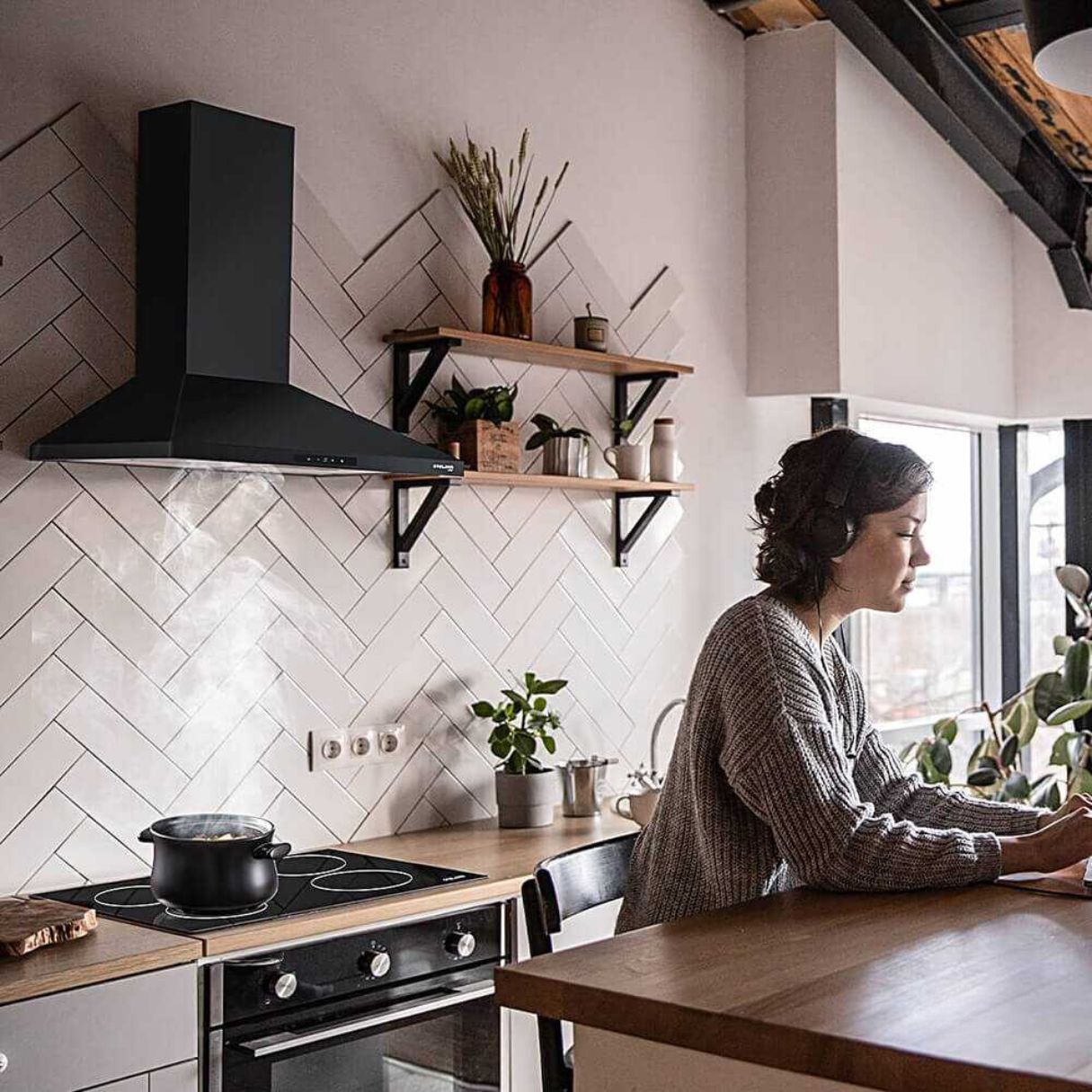
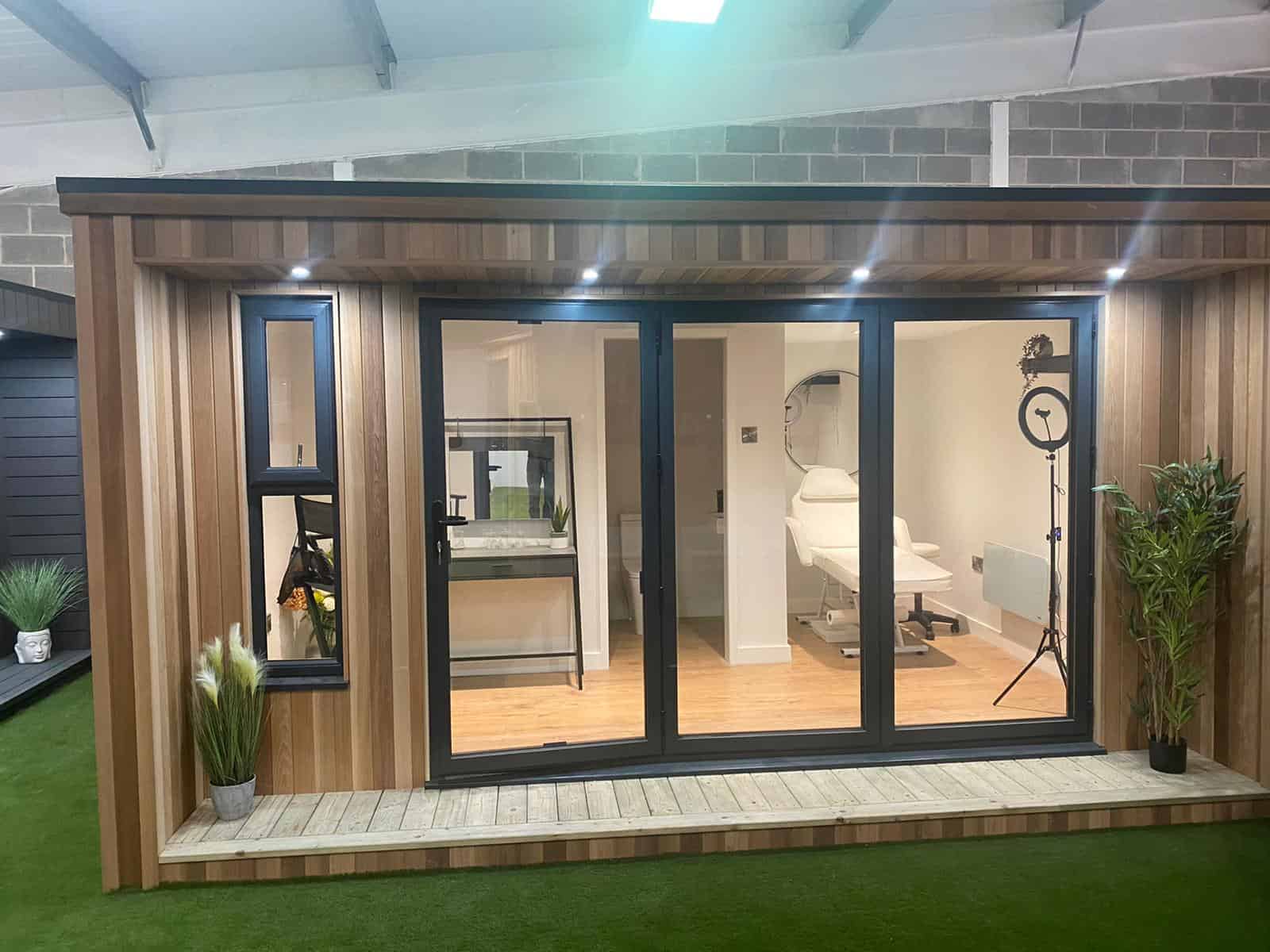

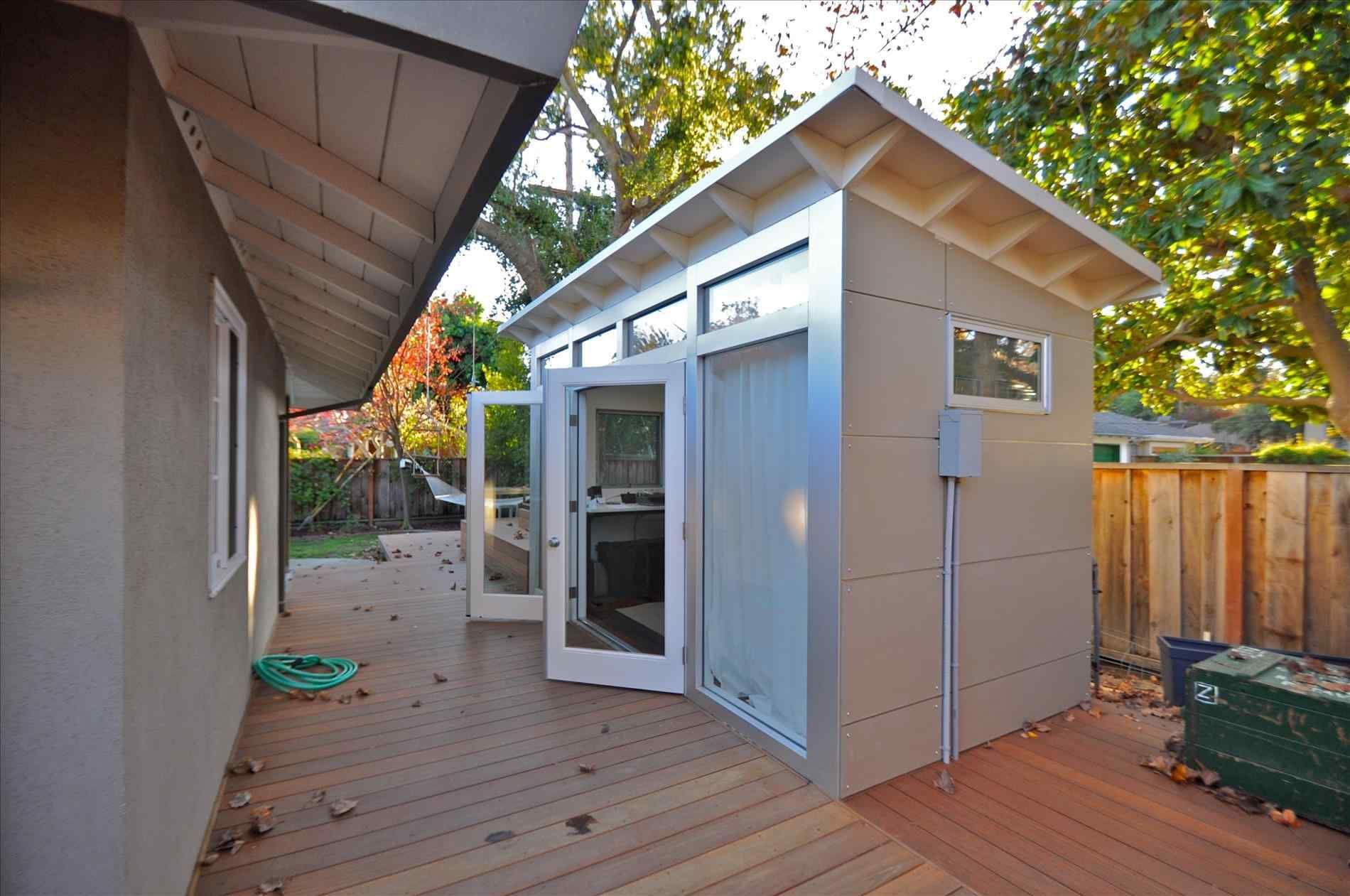
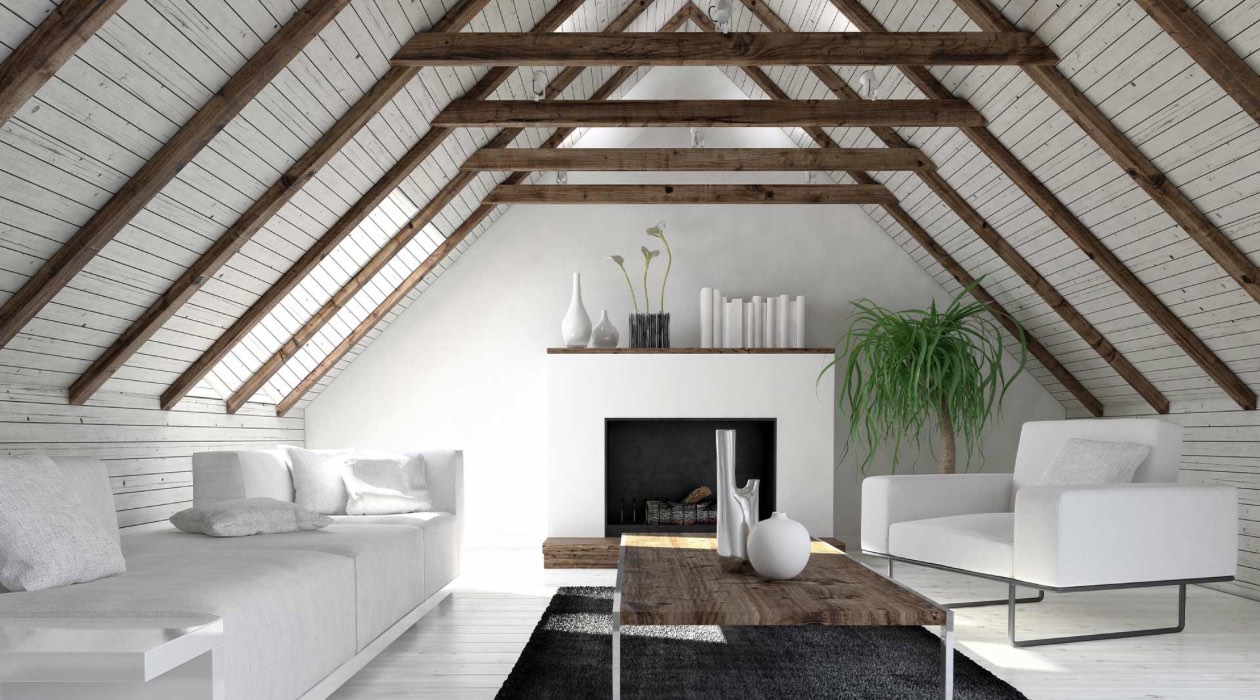
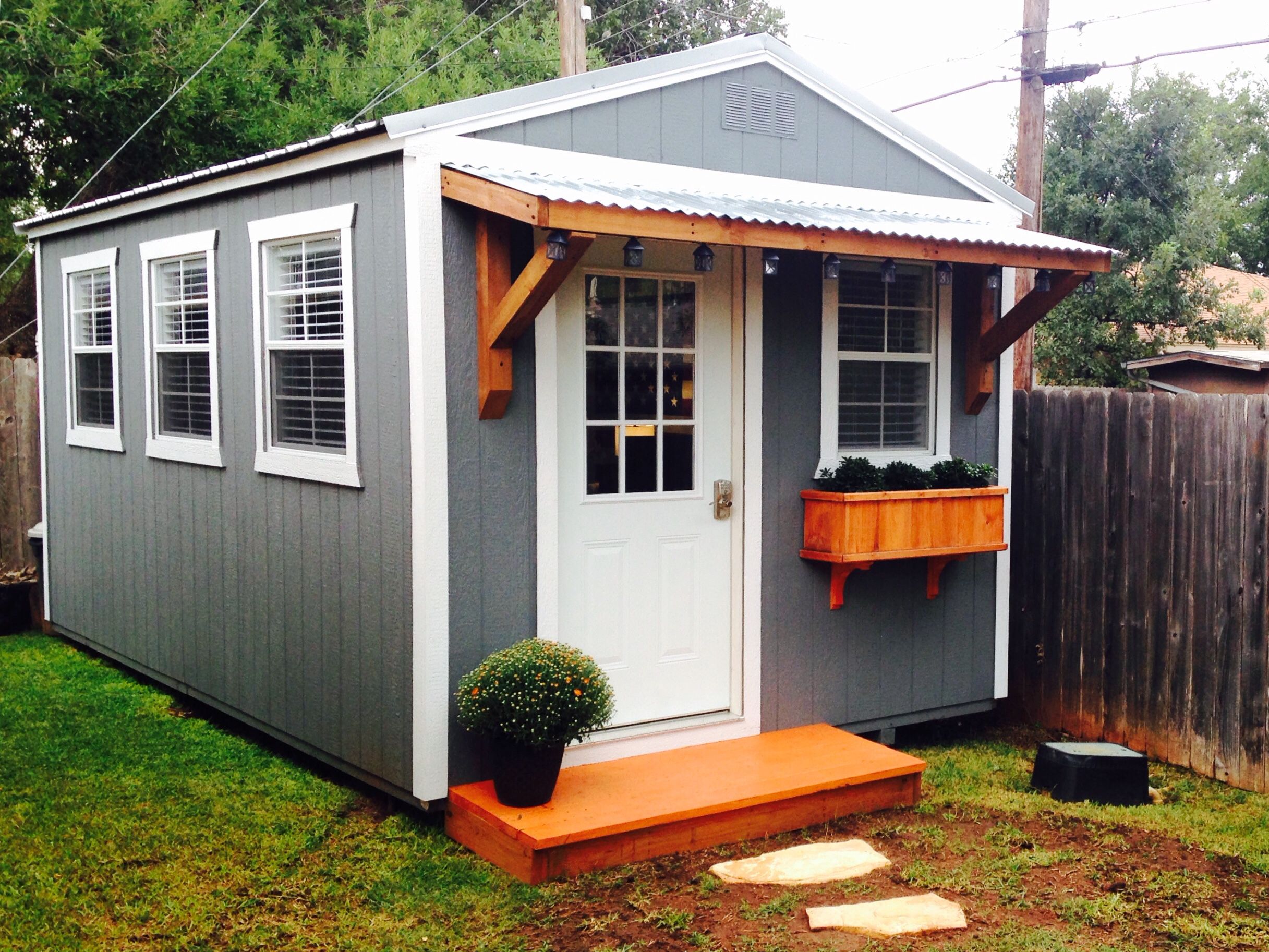


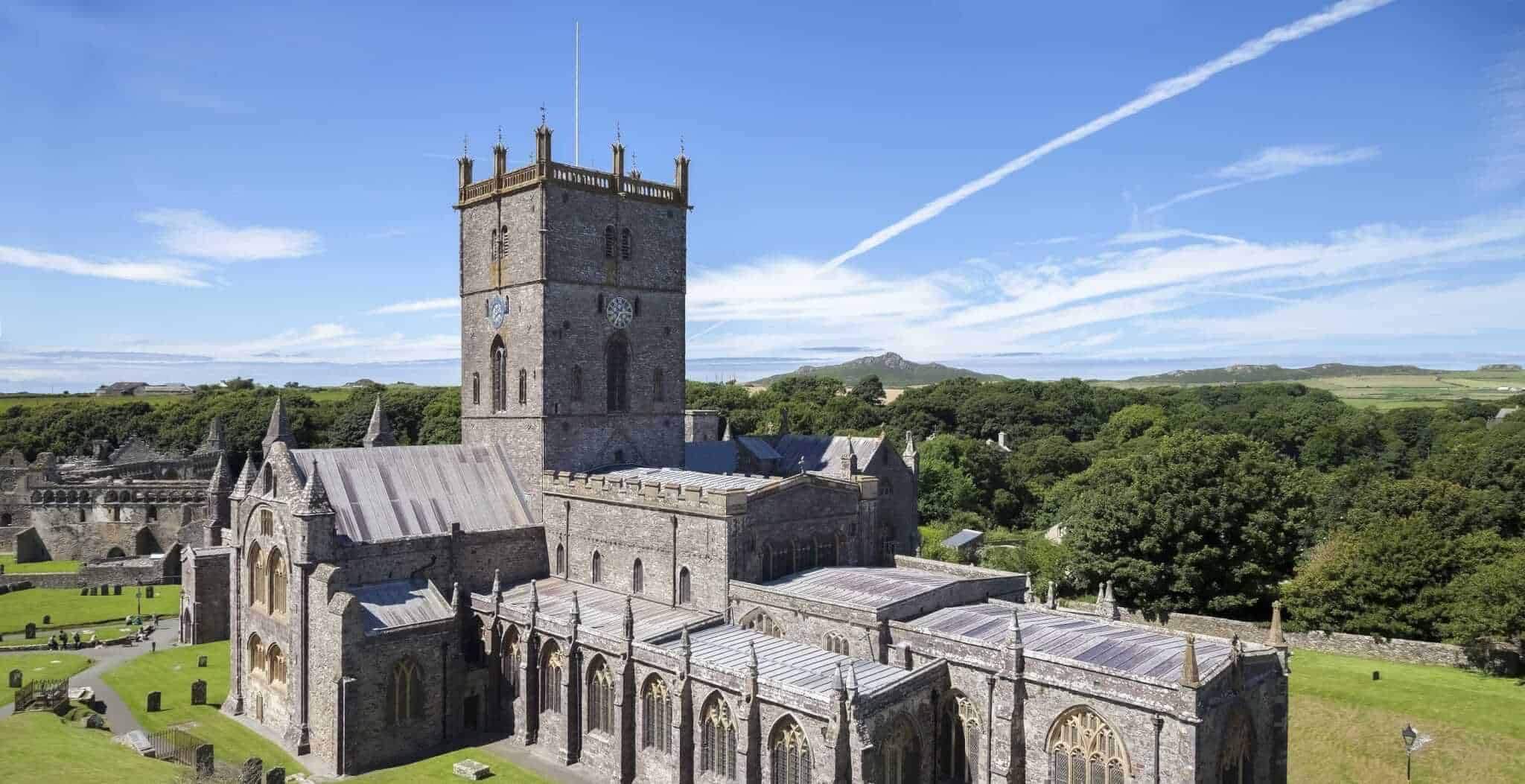
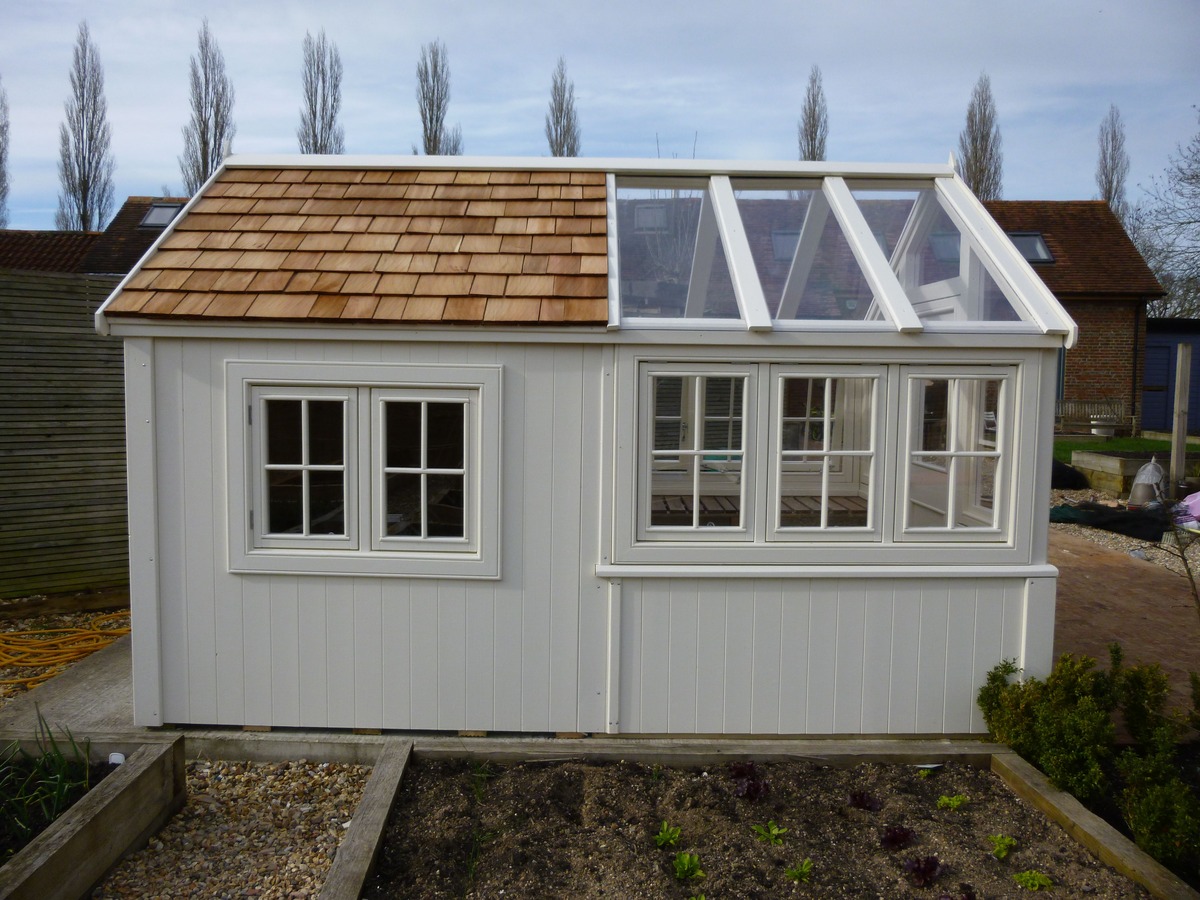
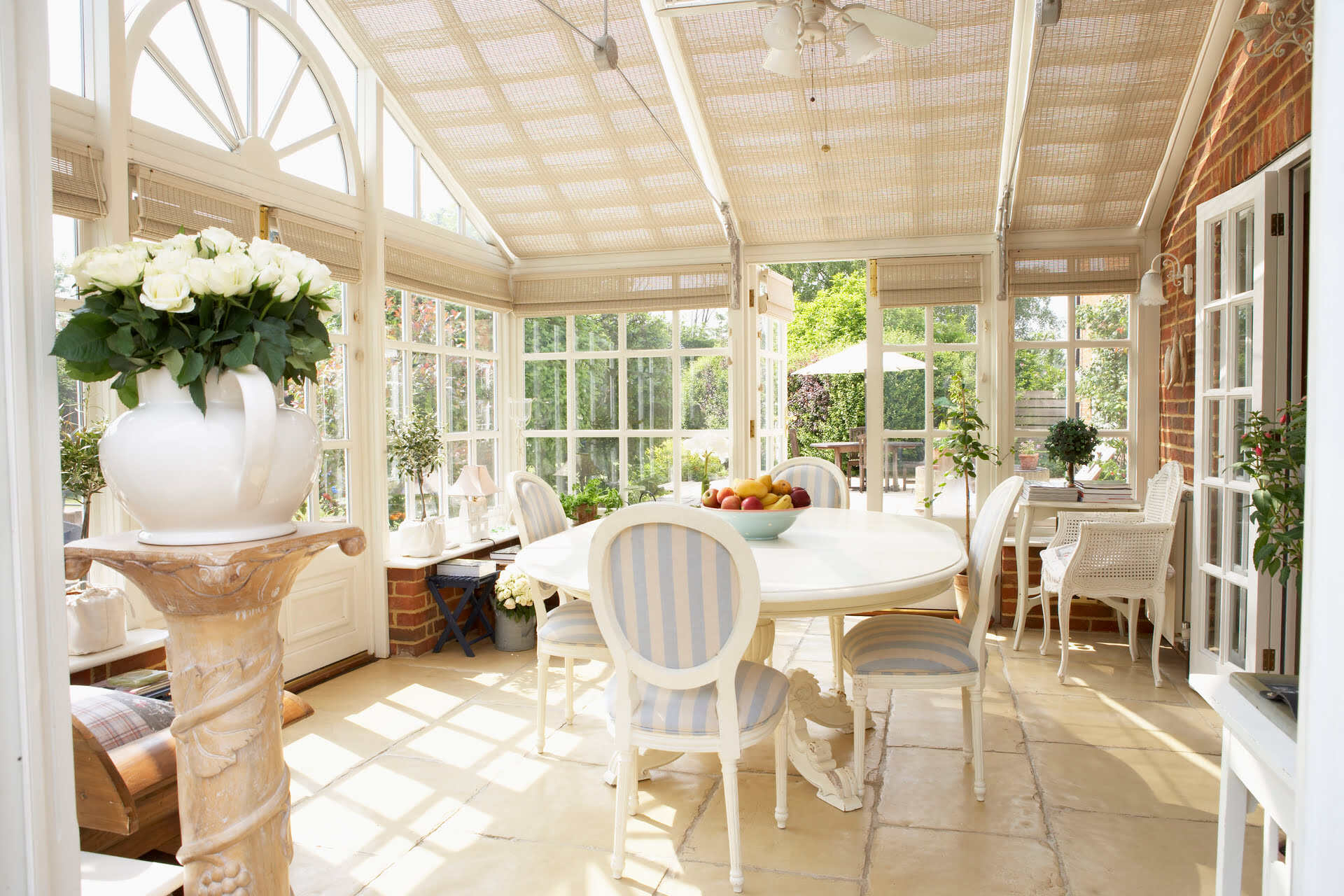

0 thoughts on “A Beautifully Converted Monastery In Southern France”